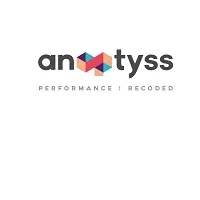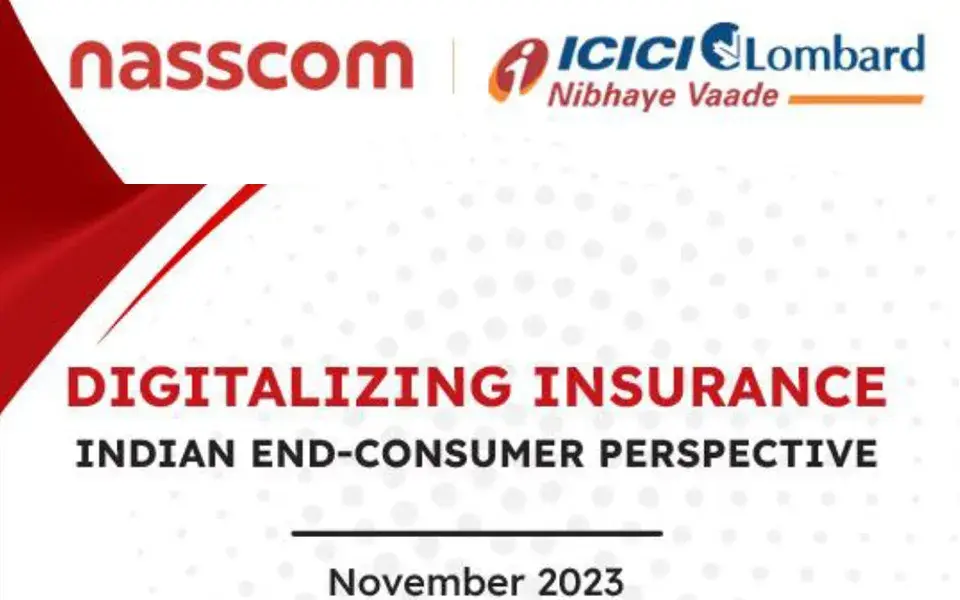In the dynamic world of banking and finance, managing risk is paramount. Among the myriad risks financial institutions face, concentration risk in credit portfolios stands out as a critical and long-standing concern.
It's a risk that has historically been a significant factor in banking crises and failures, leading to substantial losses during volatile economic periods. But what exactly is it, and how can it be effectively managed?
What is Concentration Risk?
Concentration risk refers to the potential for significant losses to a segment of a credit portfolio due to the impact of common risk factors. This occurs when a large portion of a bank's credit portfolio is invested in similar instruments, geographies, or products. The underlying issue is that these assets are often correlated with the broader economy and with each other, leading to a higher risk of synchronized deterioration and defaults during times of stress.
The sources highlight two primary types of imperfect diversification that give rise to credit portfolio concentration:
- Name Concentration
This type of concentration occurs due to large exposures to specific individual obligors or groups of connected obligors, leading to imperfect diversification of idiosyncratic risk. For example, significant exposures to a few large names, such as Enron or WorldCom in the early 2000s, led to financial crises for some banks.
A deeper understanding of how such risks materialize in modern credit portfolios can be drawn from this story on machine learning-based credit risk scoring, which helped a U.S.-based lender proactively manage risk concentrations.
- Segment Concentration
This pertains to imperfect diversification across systematic components of risk, such as specific industries or geographical regions. High concentrations in sectors like airlines or hotels, for instance, resulted in substantial losses for financial institutions during the COVID-19 pandemic. You can learn how AI-ML-based analytics solution enabled a commercial lender to identify risk-prone segments with over 93% accuracy in predicting defaults.
Beyond these, "credit contagion" is also identified, referring to increased dependence or correlation of default risk among counterparties due to shared business connections, like supply chain links. While complex to estimate, banks are still expected to identify and manage this potential risk. Concentration risk can also extend to other areas such, market risk (e.g., strike/expiry concentration in an option book), liquidity risk (e.g., funding sources concentration), and operational risk (e.g., dependence on specific IT systems or key people).
Why Effective Management is Crucial
The importance of managing concentration risk cannot be overstated. It is an essential component of a sound risk management process. Properly managing this risk can lead to significant benefits, such as a capital relief of 21%, translating to a 21% chance of reducing the overall risk of the portfolio. It also helps banks optimize portfolio performance and their risk-return profile, diversify income sources, reduce losses, and ensure compliance with regulatory requirements.
Historically, many bank crises have been linked to inappropriate control of concentration risk. The 2008 financial crisis, for instance, was significantly related to concentrations in the sub-prime mortgage market, where lax lending standards and securitization practices led to widespread losses.
Strategies for Managing Concentration Risk
While concentration risk is an inevitable aspect of credit portfolios, it can be proactively assessed and managed to maximize the return-risk profile. Here are key strategies:
- Diversify Portfolios
This is a fundamental method to manage and reduce credit and concentration risks. It involves balancing different types of assets, products, sectors, industries, geographies, credit ratings, and financial instruments to reduce overall risk exposure. Banks should avoid extending excessive credit to a few specific customers or entities.
- Advanced Analytics and AI/ML
Modern financial institutions are increasingly adopting new data and technologies for credit portfolio management. AI and Machine Learning can help identify potential threats early, power early warning systems for at-risk accounts, and improve the efficiency and accuracy of credit assessments through advanced loan underwriting models. Modern institutions are adopting AI and ML to enhance risk visibility. You can explore more Explore this in our previous blog on how AI-powered continuous controls monitoring is revolutionizing banking risk management.
- Stress Testing
This is a key tool for identifying credit concentration risk, particularly for revealing interdependencies between exposures that might only become apparent under stressed market conditions. Stress tests should be performed at enterprise-wide, business line, and entity levels. Regulators like the Central Bank of Nigeria (CBN) actively assess whether concentration risk is adequately captured in banks' stress testing exercises and may request additional tests, such as relevant sectoral shocks.
- Setting Internal Limits
Financial institutions must establish comprehensive internal limit systems covering single-name, sector, and geographical concentrations. These limits should align with the bank's risk tolerance and cover both on and off-balance sheet positions. A balanced approach involves setting "hard limits" (no exceptions) for overall exposure and "soft limits" (requiring approval for exceptions) for more granular concentrations, scaling based on risk sensitivity (e.g., rating levels).
- Regulatory Compliance
Regulators worldwide, including those adhering to Basel Committee guidelines, emphasize the importance of measuring, monitoring, and controlling credit risk concentrations. Both Basel II and Basel III recognize the significance of correlations and concentration, mandating that banks with varying levels of concentration risk should hold different levels of capital, explicitly covering concentration risk under the Internal Capital Adequacy Assessment Process (ICAAP) (Pillar 2).
- Credit Risk Transfer (CRT)
This strategy involves transferring the credit risk of a loan portfolio from the originating financial institution to another party, such as investors, insurance providers, or guarantors. This helps the originator reduce risk exposure and diversify their risk profile.
- Data Quality and Management
Effective concentration risk management relies heavily on high-quality, accurate, and timely data from both internal and external sources. Robust Information Technology (IT) infrastructure is essential to aggregate and monitor credit concentrations against approved limits, with clear escalation procedures for breaches.
- Sustainability and ESG Considerations
Integrating Environmental, Social, and Governance (ESG) factors into credit portfolio management is increasingly important. This not only aligns with growing stakeholder demands for transparency but can also help identify new investment opportunities that are less susceptible to environmental risks and regulatory shifts. [INTERLINK: ESG in Financial Risk Management]
Quantifying Concentration Risk
Quantifying concentration risk is crucial for informed decision-making and aligns portfolio strategies with a bank's risk appetite framework. While the Basel Committee's "Pillar 1" for minimum capital requirements doesn't allow for full portfolio models, banks can use internal models for risk parameters (Probability of Default, Loss Given Default, Exposure at Default) in conjunction with regulatory formulas. You can explore a practical approach in this whitepaper on credit portfolio management in fluctuating interest rate environments, which details advanced risk quantification methods.
Common approaches to measurement include:
- Heuristic Measures
These are simple indicators such as the size of large single exposures or key sectoral/geographical concentrations, often expressed relative to a bank's own funds. Examples include the average gross amount of the top 20 exposures relative to common equity.
- Diversity Scores
These quantitative measures assess portfolio diversification.
- Herfindahl-Hirschman Index (HHI)
A widely used measure, calculated as the sum of squared exposure weights for different segments (e.g., industries or geographies). An HHI value close to zero indicates a well-diversified portfolio, while a value of one indicates extreme concentration.
- Gini Coefficient
This coefficient also measures the unevenness of distribution. A value closer to zero signifies more equal distribution, indicating a well-diversified portfolio, while a value closer to one points to higher concentration.
- Portfolio Models
Sophisticated models like Moody’s KMV model are effective in measuring concentration risk. They can analyze the contribution of individual exposures to overall portfolio risk and identify areas of high concentration.
- Analytic Adjustments to ASRF Models
The Asymptotic Single Risk Factor (ASRF) model is used to derive risk measures assuming no concentration. To account for concentration, these results can be "corrected" using analytic adjustments, often a linear function of the HHI, known as "granularity adjustments".
Conclusion
Concentration risk, in its various forms, remains a persistent and significant challenge for financial institutions. Effective management involves a holistic approach, encompassing robust governance frameworks, advanced analytical tools, rigorous stress testing, careful limit setting, and proactive regulatory compliance. By actively identifying, measuring, monitoring, and mitigating these concentrations, banks can enhance their financial stability, optimize their risk-return profiles, and better navigate the complexities of volatile economic landscapes.














